Roucou: Benefits and Uses of Achiote or Annatto
Roucou has so many uses in T&T and has some incredible health benefits. You can make seasoning, oil, or a paste with the seeds.
Here’s a deep dive into everything roucou and find my roucou sauce recipe here.
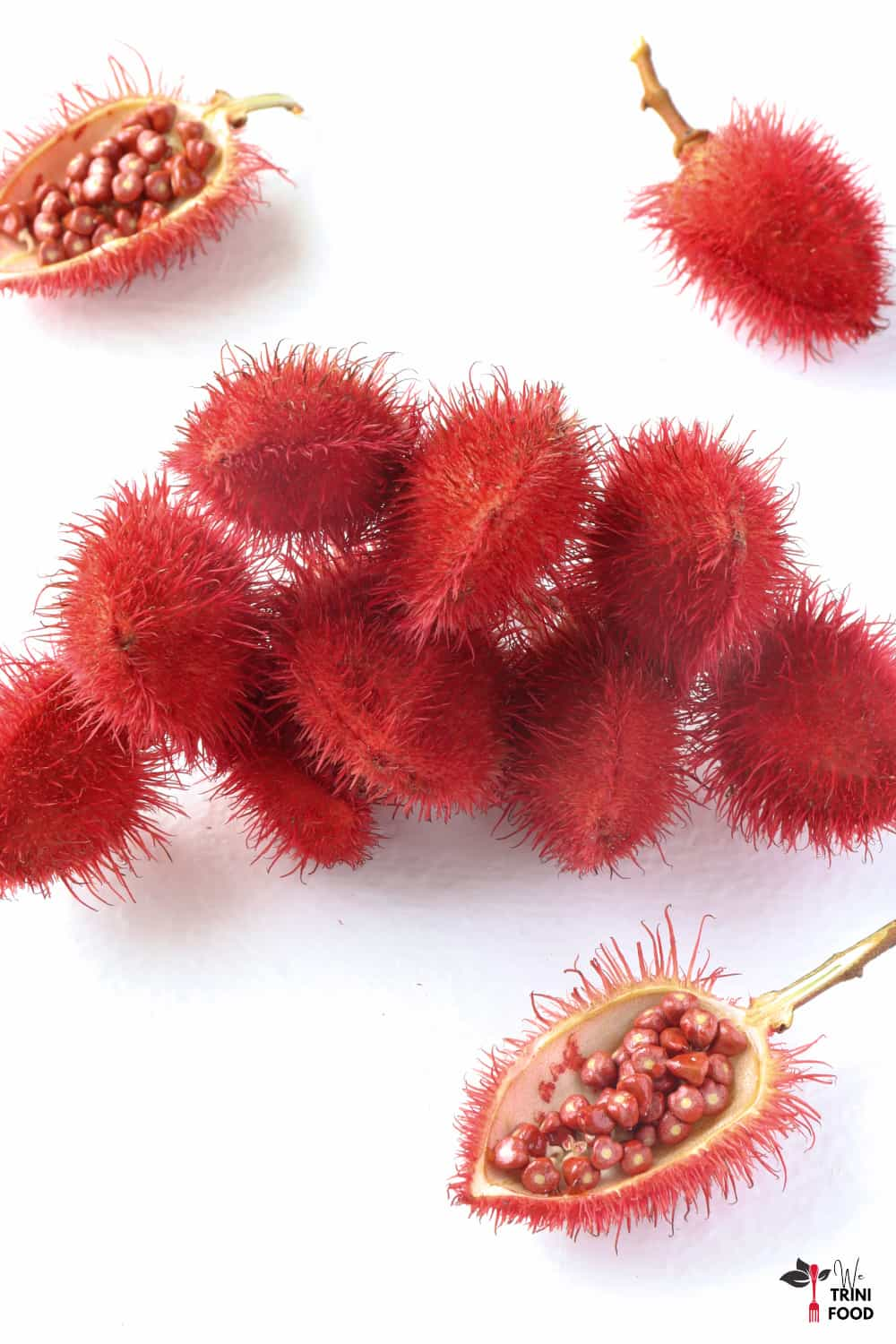
This post may contain affiliate links.
What is roucou (or achiote)
Roucou refers to the Bixa orellana plant, its fruit, and a pigmented extract made from its seeds. The plant is native to Central and South America and the indigenous tribes used the pigmented extract as face, hair and body paint. Plus, it was also used in their cuisine.
Some indigenous peoples (like the Tupi people) called the plant ‘uruku’ or ‘urucum’ which comes from the Tupi word ‘ru-ku’ meaning red. That’s probably the origin of the word.
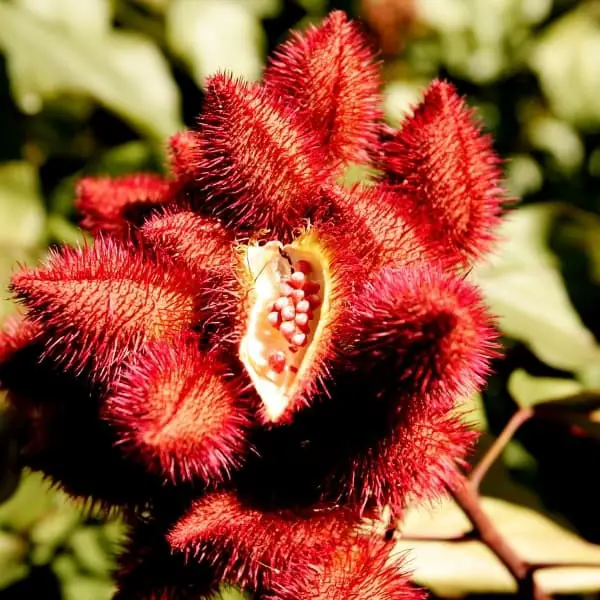
Other names include:
- achiote
- achote
- annatto
- analto
- bija
- bixa
- onotillo
- caituco
- koessewee
How to make roucou Trini-style
Every country has their own unique way to extract the red pigment from the seeds.
In T&T, the seeds are added to water and agitated until they lose their redness. The water here can be room temperature or boiling. And, although the ratio of water to seeds is not fixed, a 2:1 ratio of water to seeds is reasonable.
You can find my step-by-step instructions for making roucou seasoning here.
The seasoning will last for months, if not years, in the fridge since both the high levels of salt and boiling water disinfect the extract.
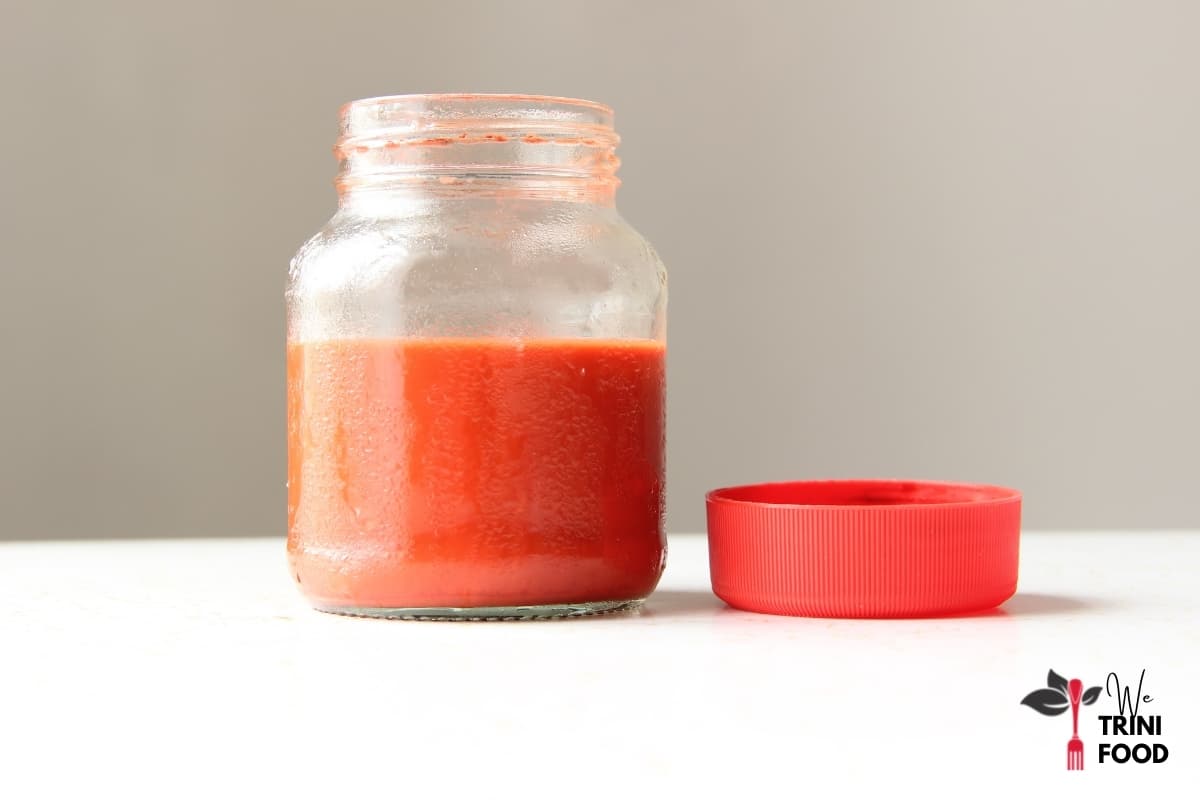
How to make roucou oil
In Latin cultures, the red pigment is extracted using oil instead of water.
Vegetable oil is brought to a simmer on low heat before adding the seeds. Here, a 5:1 ratio of oil to seeds is perfectly fine.
Allow the seeds to simmer for 10 minutes. Don’t let it boil! After the time, the oil should become a bright red-orange color.
Leave to cool then strain, bottle and refrigerate.
Why try both ways
This will be discussed in greater detail later on, but I think it’s important to mention here.
There are two compounds that add to that gorgeous red color:
- bixin which is dark red and makes up 80% of the pigment, and
- norbixin which is yellow.
When mixed together, you get that red orange roucou color.
Bixin is fat soluble, meaning it is easier to extract with oils and fats. So, using oil extraction or cooking with roucou and a little oil will help your body absorb the compound.
Norbixin is hydrosoluble, meaning it is easier to extract with water.
Both compounds have excellent health benefits. But, bixin is the primary cause of roucou’s benefits since it makes up 80% of the pigment.
More on all the science later.
Achiote paste
The paste uses the entire roucou seed, not just the pigment.
It is made by grinding the seeds with oregano, black pepper, coriander seeds, whole geera (cumin), clove, salt, garlic and citrus juice.
The paste is used in Latin cuisine as a marinade for poultry, pork, fish and more.
Sazon powder is also made in the same way minus the juice and garlic. Garlic powder is used instead.
The powder makes a delicious dry rub.
What is roucou used for
On a global scale, roucou is an extremely popular natural dye and additive that is non-toxic and doesn’t affect taste. Since there have been warnings about synthetic additives, roucou and other plant-based dyes have risen in popularity.
Today, the pigment is used to dye food like ice cream, meat, cheese, butter, margarine and condiments. It is also used in lipstick, soap, hair dye, pharmaceutical products and more.
In Trinidad and Tobago, the roucou-water extract is used as a coloring and flavoring food additive. It is used as a healthier replacement to browning sauce (browning sugar) in pelau, stew fish, stew chicken and other stews. It is also used as a marinade for meat and added to pastelles.
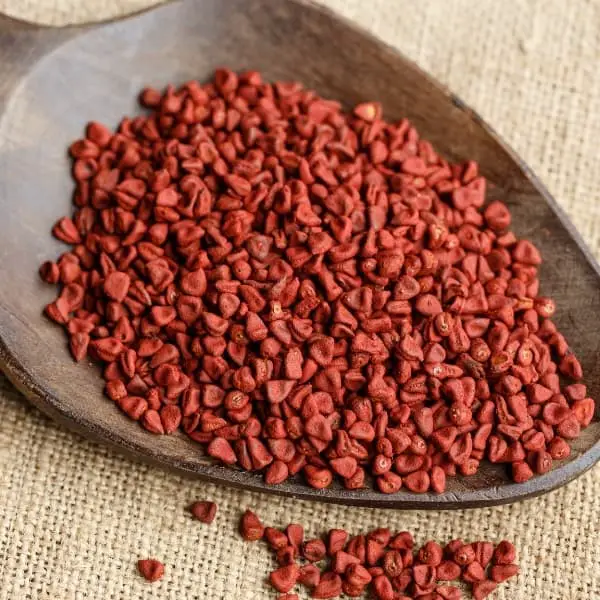
What is the chemical nature of roucou
I mentioned before roucou contains two compounds that give it its color: bixin and norbixin.
Bixin gives roucou a red color and makes up 80% of the pigment; norbixin has a yellow color.
These compounds are carotenoids which are antioxidant and important in many biological processes in your body. Roucou also has important levels of tocotrienols and tocopherols. These are Vitamin E compounds and have antioxidant benefits.
Minerals like phosphorous, iron and zinc can also be found in roucou extract.
Benefits of roucou (annatto)
There are lots of studies that explore the benefits of roucou.
This 2017 study summarized past research into roucou. It provides a mega list of many of the benefits.
In folk medicine in Brazil, roucou is used to treat burns, diarrhoea, constipation, heartburn, bronchitis, and fever. It is often used as a diuretic and laxative.
From lab studies, the seed extract was found to fight against tumors, inflammation, microbes, acne, conjunctivitis, headache, hemorrhoids, stomach aches, tonsillities, malaria, and more.
Bixin is a proven anti-inflammatory, antioxidant and antimicrobial compound. This 2016 study goes into deep detail about its benefits. Be sure to check it out.
A more recent study from 2020 further proved roucou’s antimicrobial benefits. Researchers had participants hold an extract with roucou in their mouth for 2 minutes. After the time, the participants had a reduction in bad breath. That meant the extract decreased the microbe levels that caused the bad odor.
There are many more benefits of roucou (also called annatoo or achiote), but I’ll stop here for now.
Pin this post for later:
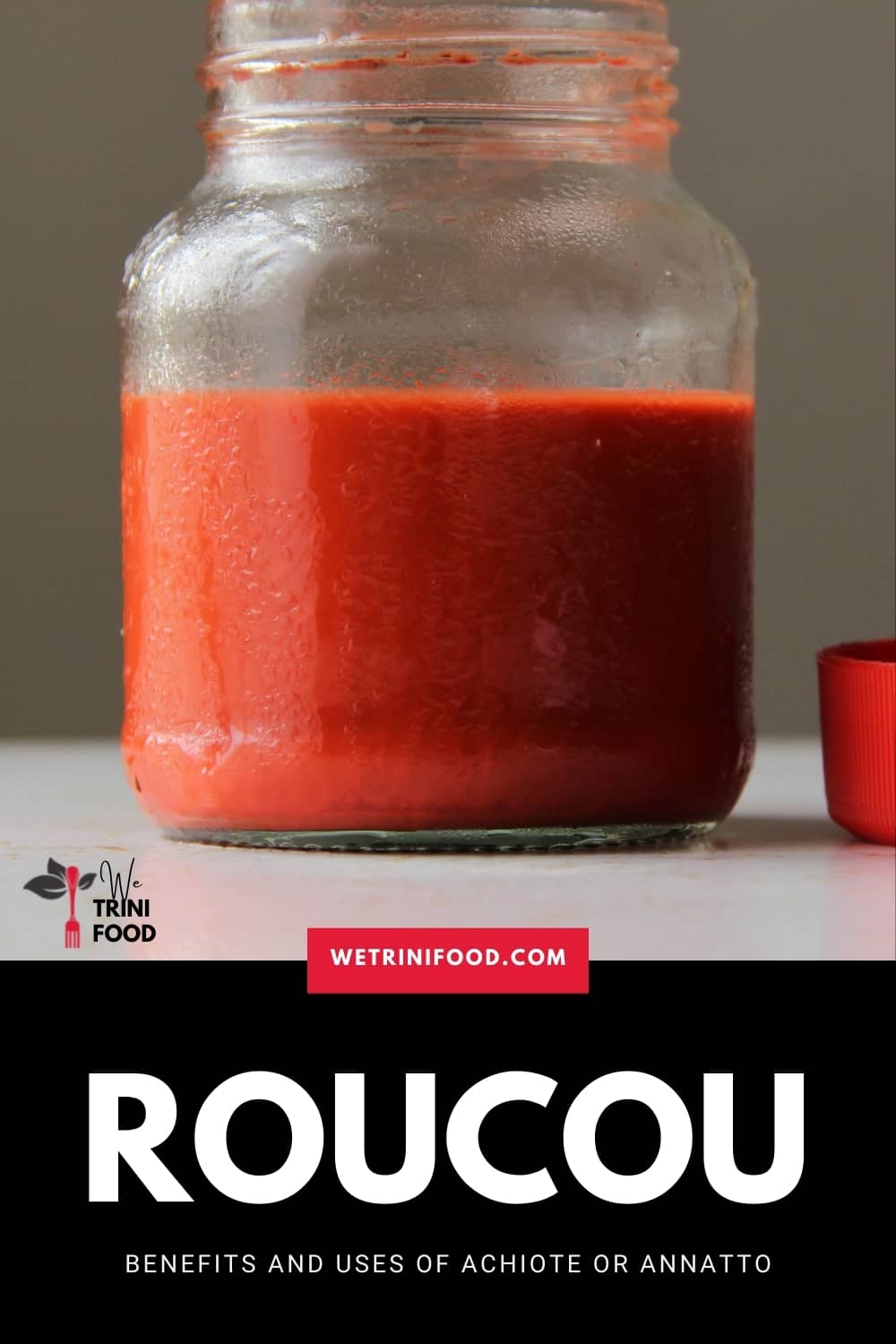
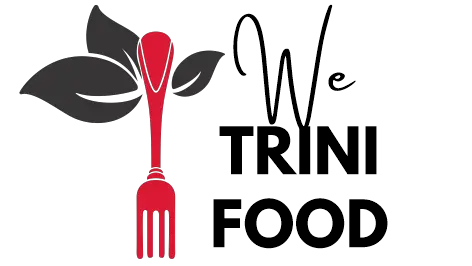

Knowledgeable Nice information.